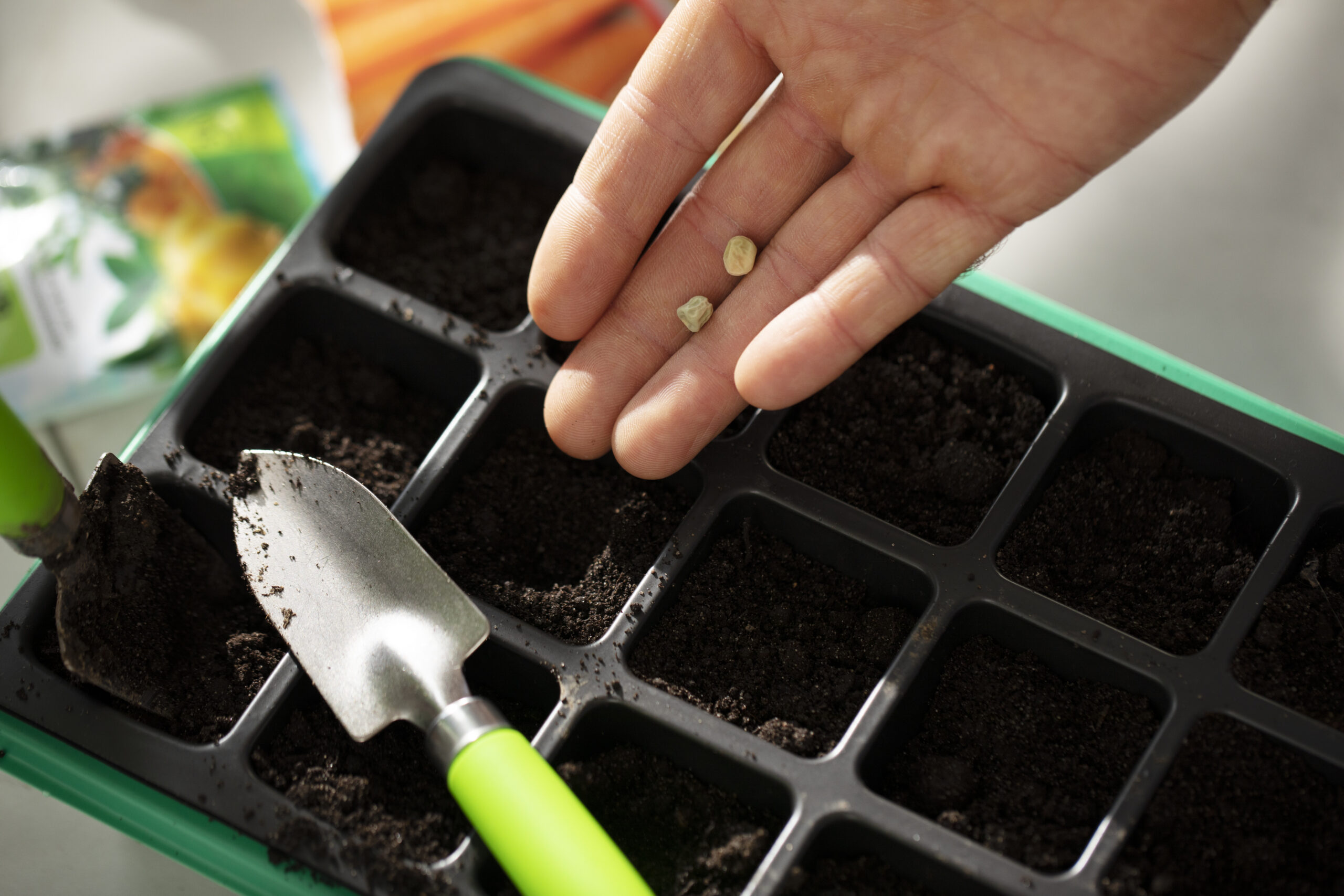Tips for seed starting used to feel like a puzzle I couldn’t solve. My first try was a disaster seeds scattered across my counter, dirt everywhere, and tiny plants that looked more like limp spaghetti than future harvests. But after a few seasons of trial and error, I’ve cracked the code. Now, I get a thrill watching those little green shoots pop up, strong and ready to grow. In this post, I’ll walk you through what I’ve learned practical, expert-backed strategies to help you start seeds like a pro and grow healthy, thriving seedlings every time.
Why bother with seed starting?
Starting seeds indoors isn’t just about beating the frost. It’s about taking charge choosing exactly what you want to grow and giving those plants a head start. Plus, it’s way cheaper than buying nursery plants. The National Gardening Association says it can stretch your growing season by up to six weeks. That’s huge if you’re in a cold spot like me, but even in milder areas, it means more variety. Ever hunted for a rare heirloom tomato at a store? Yeah, good luck. Starting your own seeds opens up a whole new world.
But here’s the thing: seedlings are picky. Too much water, not enough light, or bad timing, and they’re toast. Nail the basics, though, and you’re golden.
Picking seeds and gear that won’t let you down
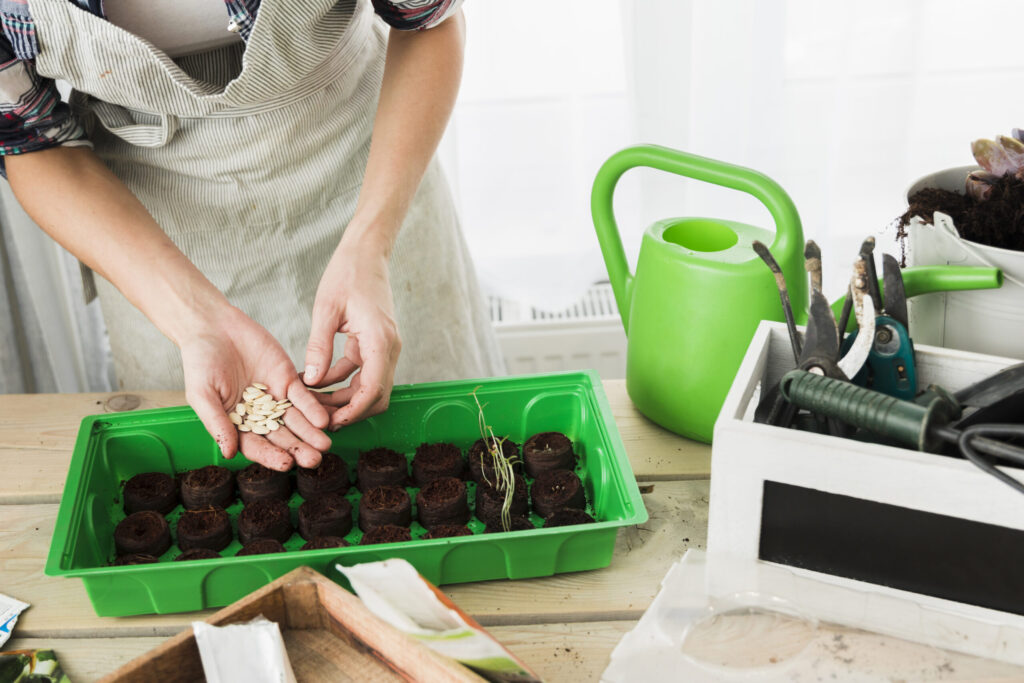
First step? Choose seeds you can actually grow. I started with tomatoes and marigolds beginner-friendly and forgiving. Lavender? That’s a headache for later. Check the packet date fresh seeds sprout better. The USDA Plant Hardiness Zone Map is your friend here. Match seeds to your climate, or you’ll be fighting nature.
Supplies matter too. You don’t need fancy stuff, but you do need the right stuff:
- Containers: Old yogurt cups work if you poke holes in them. I’ve upgraded to cell trays for less mess.
- Soil: Skip the backyard dirt—it’s too dense. A light, sterile seed starting mix is clutch. This study backs it up peat-based mixes boost germination.
- Labels: Trust me, you’ll mix up your peppers and tomatoes without them. I use popsicle sticks.
One rookie mistake I made? Reusing dirty pots. A quick rinse with a 10% bleach mix kills off nasty fungi. Learned that after losing a whole tray to damping off.
Timing: don’t jump the gun
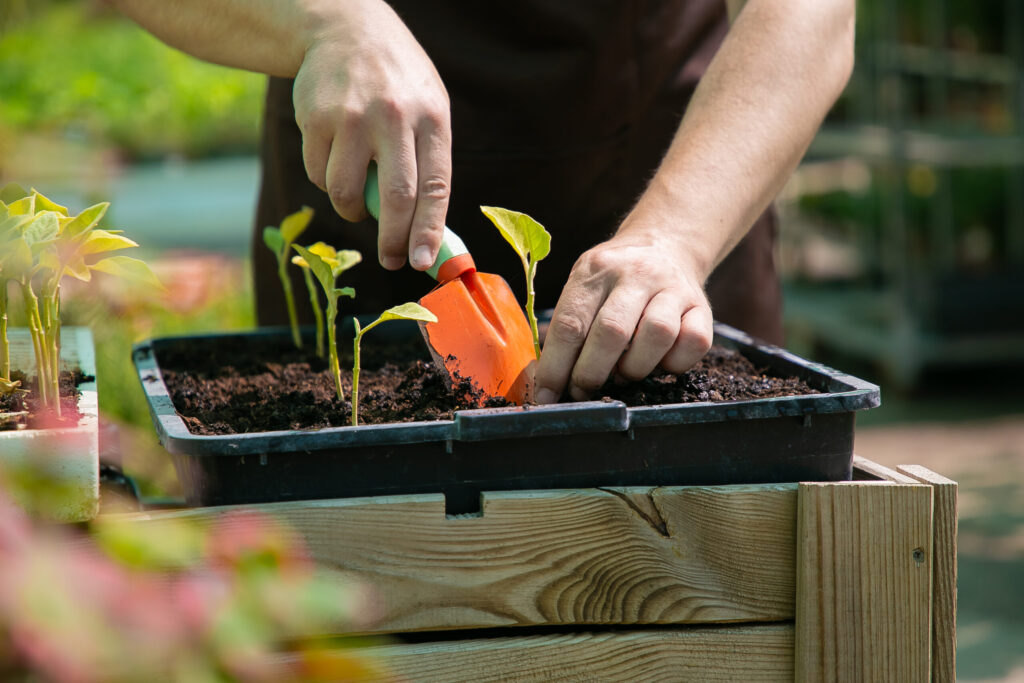
Plant too soon, and your seedlings outgrow their pots. Too late, and they’re not ready for the ground. Each plant’s got its own schedule—tomatoes want 6-8 weeks indoors, cucumbers just 3-4. It all ties to your last frost date. Check the Old Farmer’s Almanac and count backward from there.
I messed this up once—started peppers in April when I should’ve done February. Ended up buying transplants. Now I set phone reminders. Works like a charm.
Light and heat: the Goldilocks zone
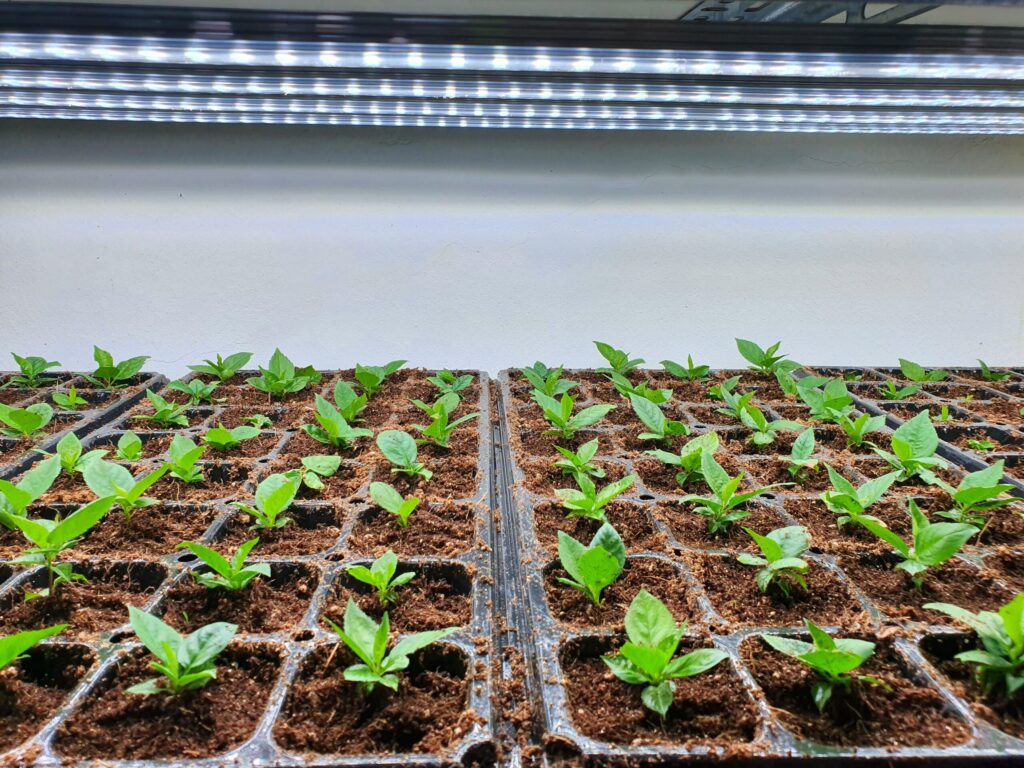
Seedlings need light and warmth just right. Skimp on either, and you’re stuck with weak, floppy plants.
Light
They crave 14-16 hours a day. A sunny window might cut it, but grow lights are the real deal. I use LEDs cheap to run and cool. Keep them 2-4 inches above the plants, adjusting as they grow. Cornell University found poor light’s the top reason seedlings get leggy. If yours are stretching, they’re screaming for more.
Temperature
Most seeds sprout best at 70-80°F. A heat mat’s a lifesaver for peppers or eggplants. Once they’re up, drop it to 65-70°F to keep them sturdy. I stick a thermometer by my trays simple, but it saves guesswork.
Watering: less is more

Watering’s tricky. Overdo it, and your seedlings drown. Skimp, and they shrivel. Aim for soil like a damp sponge moist, not soaked. I water from the bottom, letting the tray soak it up. Builds stronger roots.
Feeding? Hold off. They’re fine until their first true leaves show, then a half-strength liquid fertilizer does the trick. I overfed once lush plants, zero strength. Lesson learned.
Thinning and moving outdoors
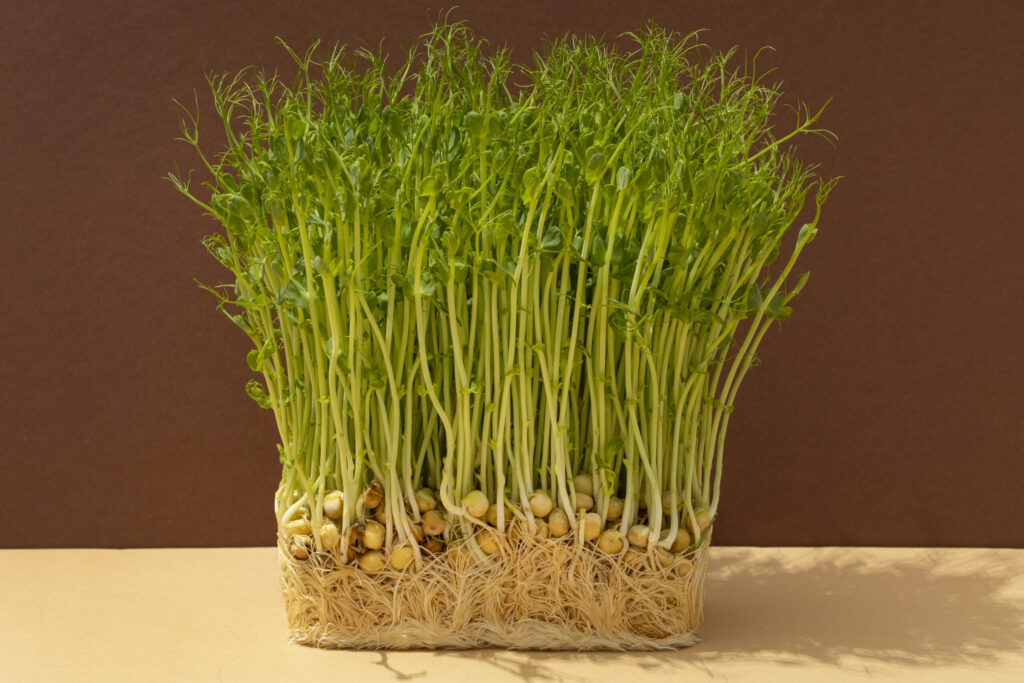
Thinning’s brutal if you’re soft-hearted. But crowded seedlings fight for space and lose. Snip the weak ones with scissors pulling messes up the roots. I hated this at first, but it’s worth it.
Transplanting’s next. Harden them off over a week start with an hour outside in shade, then build up. I skipped this once, and my plants cooked in the sun. Now I’m religious about it.
Fixing what goes wrong

Problems happen. Here’s how to handle the big ones.
Leggy seedlings
Too little light’s the culprit. Move lights closer or crank up the hours. When transplanting, bury the stem deeper it’ll root up.
Damping off
This fungal nightmare hits wet, stuffy trays. Use sterile mix, water smart, and add a fan. Saved my bacon last spring.
Yellow leaves
Overwatering or hungry plants. Let the soil dry a bit, then try a weak fertilizer. Fixed mine in a week.
Need more hacks? Peek at Organic Gardening: A Comprehensive Guide.
Gear showdown: what works best
Here’s a quick look at containers I’ve tried:
| Container | Pros | Cons |
|---|---|---|
| Plastic trays | Tough, reusable, drains well | Cost more upfront |
| Peat pots | Plant straight in, no waste | Dry out fast |
| Egg cartons | Free, green vibes | Tiny, need constant water |
Peat pots win for tomatoes less root shock. Egg cartons? Fine for herbs if you’re broke.
Level up: pro moves for seed starting
Ready for more? Try these.
Bottom heat
Stubborn seeds like eggplants love it. A heat mat bumps germination by 20%, per this study. Total game-changer.
Pre-soaking
Big seeds beans, peas sprout faster after a 12-hour soak. Softens them up. I do this every time now.
Indoor companions
Pair basil with tomatoes, even as seedlings. They vibe together indoors and out. Picked that up from Gardener’s Supply.
FAQs: quick answers to seed starting woes
How early should I start seeds indoors?
Depends on the plant tomatoes need 6-8 weeks, cucumbers 3-4. Check your frost date and seed packet.
Can I use regular potting soil?
Nope, too heavy and risky. Stick to a sterile seed starting mix.
Why do my seedlings keep falling over?
Likely damping off. Use clean soil, ease up on water, and get some air moving.
How do I stop leggy seedlings?
More light 14-16 hours, close to the plants. A fan helps too.
When’s it safe to transplant outside?
After hardening off for 7-10 days and frost is gone. Check local dates.
Why won’t my seeds sprout?
Old seeds, wrong temp, or bad soil. Test a few with fresh mix at 70-80°F.
How often should I water?
When the top feels dry keep it moist, not swampy. Bottom watering’s best.
Let’s grow together
Seed starting’s a skill, not a gift. Start small, mess up, figure it out. What’s your toughest seed starting hurdle? Tell me in the comments I’d love to troubleshoot with you. Want more green inspo? Check out Green Garden: Your Guide to a Lush, Sustainable Oasis.
Images designed by Freepik

